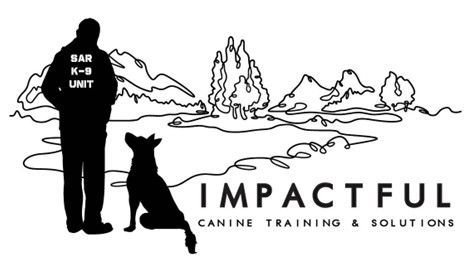Food for Thought: High- vs. Low-Protein Dog Food and When to Feed
When it comes to feeding your dog, one of the most critical choices you'll make is selecting the right type of food. Protein is a key component of any dog’s diet, and understanding the difference between high-protein and low-protein dog food can significantly impact your dog’s health and well-being. Additionally, knowing the best times to feed your dog can help in maintaining their energy levels and overall health.
High-Protein Dog Food
Benefits
Muscle Maintenance and Growth: Protein is essential for muscle repair and growth. Active dogs, working dogs, and those in training programs particularly benefit from high-protein diets.
Enhanced Energy Levels: Protein provides a steady source of energy, crucial for dogs that have high activity levels.
Healthy Skin and Coat: Proteins contain amino acids that are vital for maintaining healthy skin and a shiny coat.
Improved Immune Function: A protein-rich diet supports a robust immune system, helping dogs fight off illnesses.
When to Feed High-Protein Dog Food
Puppies and Young Dogs: Growing dogs require more protein to support their rapid development.
Active and Working Dogs: Dogs that are highly active or perform tasks that require significant physical effort need more protein to sustain their energy levels.
Pregnant or Nursing Dogs: These dogs need additional nutrients to support their health and that of their puppies.
Low-Protein Dog Food
Benefits
Kidney Health: Dogs with kidney issues or older dogs might benefit from a lower protein diet to reduce strain on their kidneys.
Weight Management: Lower protein can help manage weight in less active dogs, preventing obesity.
Balanced Diet for Specific Conditions: Dogs with certain health conditions may need a diet that restricts protein intake.
When to Feed Low-Protein Dog Food
Senior Dogs: As dogs age, their kidney function can decline, and a lower protein diet can help manage this.
Dogs with Kidney Disease: Veterinarians often recommend low-protein diets for dogs with kidney problems.
Less Active Dogs: Dogs with lower activity levels may not need as much protein and can benefit from a balanced diet with lower protein content.
Best Feeding Times for Your Dog
Consistency is key when it comes to feeding times. Establishing a regular feeding schedule helps with digestion and prevents overeating.
Puppies (Up to 6 Months): Puppies have small stomachs but high energy needs. Feed them three to four times a day to ensure they get enough nutrients.
Adult Dogs (6 Months to 7 Years): Most adult dogs do well on two meals a day – once in the morning and once in the evening.
Senior Dogs (7 Years and Older): Senior dogs may benefit from smaller, more frequent meals, which can aid in digestion and help manage any age-related health issues.
Final Thoughts
Choosing between high-protein and low-protein dog food depends on your dog’s specific needs, age, activity level, and health conditions. Always consult with your veterinarian before making any significant changes to your dog’s diet. By understanding these differences and the best feeding times, you can ensure your dog stays healthy and happy.
Remember, every dog is unique, and what works for one might not work for another. Paying attention to your dog’s individual needs and adjusting their diet accordingly is the best way to promote their well-being.
For more insights on dog nutrition and training, visit the Impactful Canine Facebook page and keep your furry friend in the best shape possible.
